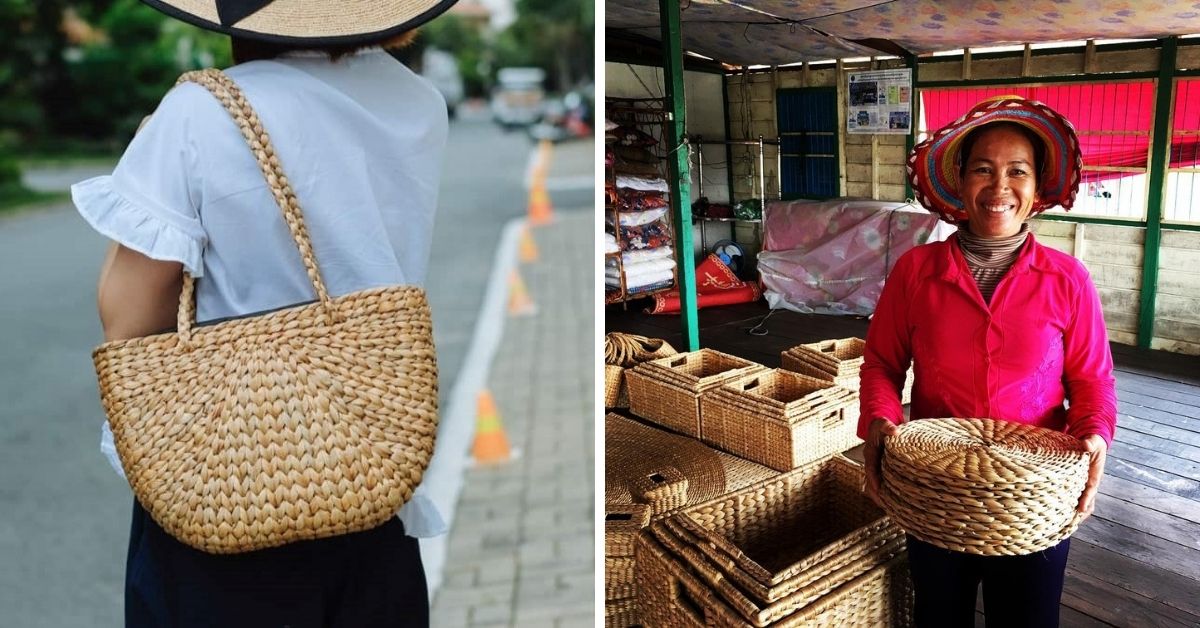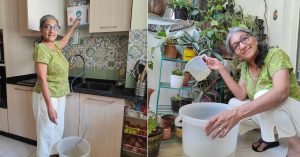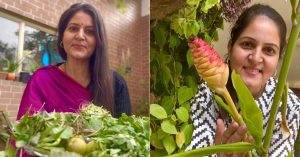Watch: Cambodian Women Turn Invasive Weed Into Beautiful Bags & More
Rokhak Women Handicraft, a venture of rural women in Cambodia, is converting water hyacinth into beautiful bags, baskets, hats, and more.

Water hyacinths, a type of invasive weed, grow abundantly in tropics and subtropics. With long stems and beautiful flowers, these are one of the fastest-growing plants.
Water hyacinth doubles within 15 days and provides a favourable environment for snails and mosquitoes. It reduces the amount of oxygen in the water, which puts a burden on aquatic organisms. The quality of water is also affected by the spread of hyacinths. There are several groups and organisations involved in removing this threatening species, found in all continents except Antarctica, from water bodies.
Dr Kit Magellan, an invasion ecologist based in Cambodia, told Business Insider, “The plant is transferred all over the world because it’s beautiful. If an industry is using this species, the amount of it will be reduced.”
To tackle the problem, local bag makers in Vietnam, Cambodia and Thailand use the plant to make high quality, sustainable and fashionable bags as well as accessories to support their community. This helps in removing as well as converting the weed into an essential commodity.
Rokhak Women Handicraft is one such community in Cambodia. With their range of beautiful and eco-friendly bags and planters, they are able to earn upto $300 on average per month.
Hor Sounsrors, the founder of Rokhak, started this business in 2016. Her aim is to lift people out of poverty, provide jobs to women, and help them to make financial decisions in the family.
Water hyacinth is known for its leather-like smell and soft feel, which is ideal for making bags. The plants are collected from Tonle Sap Lake by the community and the leaves are removed. The stems are dried in the sun for a few weeks till it turns into skin colour and then washed. They are heated well to kill harmful organisms present in the plant. Based on the size of the plants, they are transformed into mats, bags, baskets, hats and many more accessories.
Sources:
ScienceDirect
Business Insider
This story made me
- 97
- 121
- 89
- 167
Tell Us More
We bring stories straight from the heart of India, to inspire millions and create a wave of impact. Our positive movement is growing bigger everyday, and we would love for you to join it.
Please contribute whatever you can, every little penny helps our team in bringing you more stories that support dreams and spread hope.


















